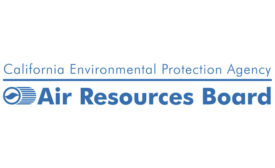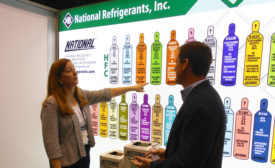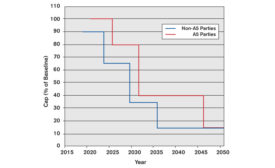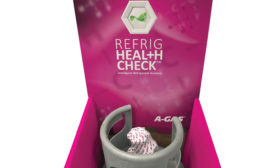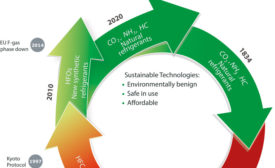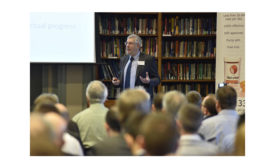Home » Refrigerant Phasedown
Articles Tagged with ''Refrigerant Phasedown''
Parties to the Montreal Protocol continue to push toward action in 2016
Read More
New HFC Credits Aim to Curb Carbon Emissions
Provides an option to mitigate HFC emissions while transitioning to lower GWP alternatives
May 13, 2016
California Unveils Aggressive Plan Targeting HFCs
Includes a ban on the sale of all virgin HFC refrigerants with a high GWP
May 2, 2016
Recovery Sector Aims to Keep Pace
Industry constantly adapting to latest batch of regulations, refrigerant phaseouts
Read More
Ingersoll Rand Recognized by EPA for Climate Action
Company intends to reduce the climate impact related to the refrigerants used in its products by 50 percent by 2020
March 25, 2016
Surviving Refrigerant Transitions, Part 2
The drive to lower-GWP alternatives will define our landscape for years to come
Read More
Tips for Surviving Refrigerant Transitions, Part 1
A look at how we got to where we are and what the future holds
Read More
Phase-down Targets Reliant on Supermarkets
Adoption of lower GWP refrigerants by supermarkets is vital if European HFC phase-down targets are to be met
December 21, 2015
Copyright ©2025. All Rights Reserved BNP Media.
Design, CMS, Hosting & Web Development :: ePublishing


